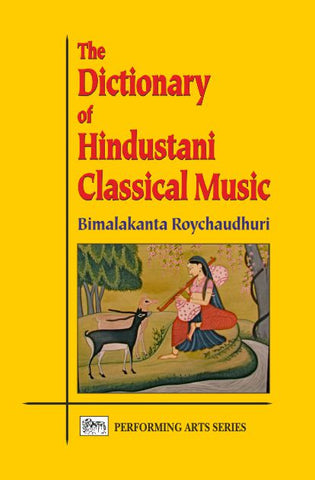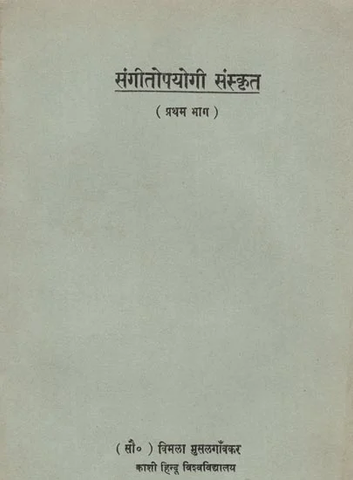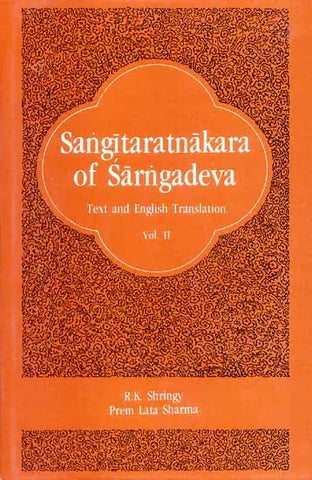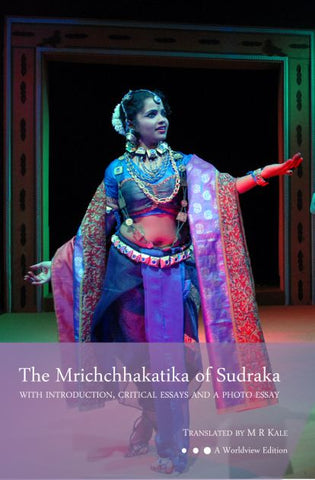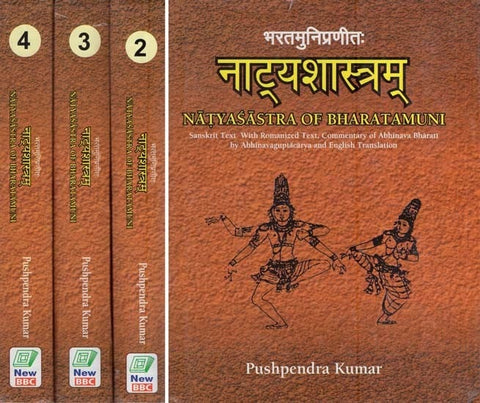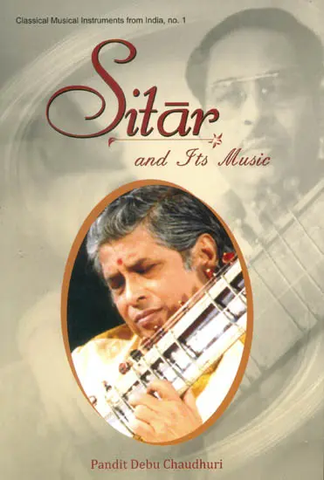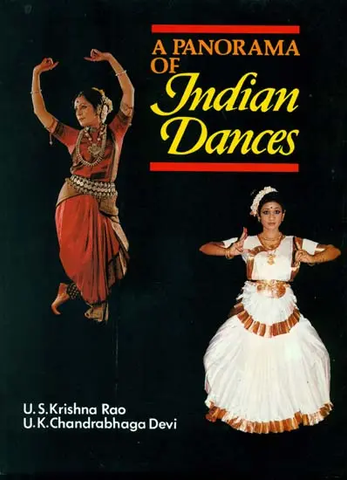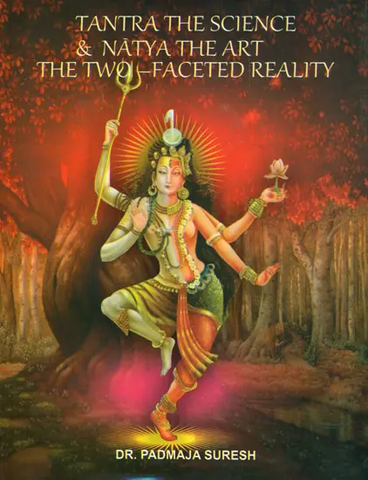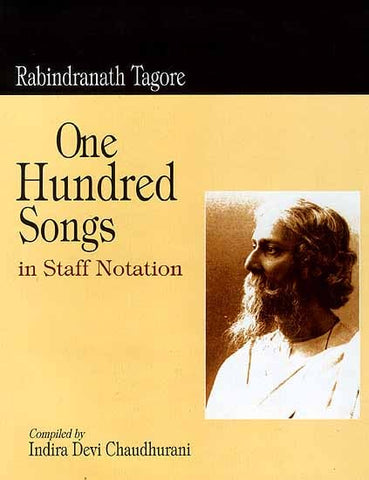Your cart is empty now.
Hindustani classical music, a jewel in the crown of the Indian musical tradition, has become increasingly popular in South India and abroad over the last few decades. This book attempts to present a detailed and comprehensive discussion of the fundamental concepts and aspects of Hindustani classical music. It begins with an account of the history and evolution of Hindustani classical music by taking up developments in a chronological order. It explains a number of terms and processes involved in the performance of Hindustani classical vocal music. In an interesting discussion, it mentions the various famous gharanas of the genre and deals with the life-histories of some of their eminent musicologists and singers.
The musical instruments which are used in ac-companiment to the vocal singing in Hindustani music are described. It also details the rags which are frequently presented in contemporary musical concerts, highlighting the important features of each.
The book will be useful to all those who wish to learn and acquire knowledge of Hindustani classical music. It will be of interest to all practitioners of Hindustani classical music.
Shruti Jauhari is a noted performing artiste of Hindustani classical music. She has been teaching Hindustani classical vocal music for the last fifteen years. Since 1988, she has I been a regular and graded artiste at the All India Radio. She has been performing extensively in India and abroad and conducts regular workshops and lecture-demonstrations on voice-culture as a specialised subject. She is actively involved and associated with various organisations and institutions promoting Hindustani classical music. Currently, she is faculty member for Hindustani classical vocal music at KMMC, a music conservatory promoted by the Oscar winner Dr A.R. Rahman.
It is my parents who have influenced me to observe that music is universal and has no religion. The way we present and render any kind of music results in various styles and forms such as Arabic, Chinese, Carnatic, etc. However, the notation remains the same. Hence I believe that music is one, like Param Brabma.
Great scholars and musicians from our rich cultural heritage have paved the path of knowledge and it is our duty to seek, acquire and share this knowledge further.
Shruti, who is like my child, has made an effort in a small way through this book which is aimed at providing the basic knowledge of Hindustani’ classical music for the beginners and curious rasikas.
I have gone through the contents of this book and find that it would be extremely useful to those interested in learning and understanding the basic nuances and details Hindustani classical music.
The first chapter deals with the history and evolution of Hindustani music in a comprehensive manner. I believe that it is important to know the history of any art form before pursuing it further. The second and third chapters are very _informative as they deal with all the basic terms such as: Rag, Tal, Khayal GJyaki, Tans and so on. These are the terms which not only a student of music seeks to understand, but also a rasika who is a regular audience of concerts in the present times, Although the very concept of gharana, or specialized music schools, is diminishing in this electronic age, it is still important that a student has a composite knowledge about them. The chapter on gharanas and the eminent musicians (along with their photographs) would prove useful and perhaps even motivating in the journey of music learning. The chapter on various instruments would be extremely relevant as it is often not given its due by the voice of students. The last chapter on various Rags and their details has been incorporated as a ready reference to the students as well as to the connoisseurs.
Thus the book broadly covers all the important and relevant topics in a compact manner for complete understanding of Hindustani classical music. The language used is also simple, spoken English for a clear understanding of the subject.
I hope that this book will be beneficial to all those who wish to learn, acquire knowledge and appreciate the beautiful Hindustani classical form of music.
It is rightly said that music has no language and quality music, be it Western, Carnatic or Hindustani, appeals to every sensitive ear and heart. Nevertheless, there are many who wish to understand and learn the basics of different styles of music. Over the last three decades there has been a growing interest in Hindustani classical music in the southern part of India (which has its own music system known as Carnatic system) and also abroad. The words like sitar, sarod, rag, tat, etc. are well known in several Western countries.
The present book is intended for those who are desirous of obtaining a reasonably sufficient knowledge of the fundamentals of Hindustani classical music in a relatively small span of time, without entering into the intricacies of the subject which are not of immediate use for a beginner.
The evolution of Hindustani music involves a lengthy and complex process extended over the past many thousand years. As such, it encompasses huge amount of literature giving information on various aspects of the subject. It was, therefore, a difficult task to condense a great deal of material into a comparatively small space and at the same time incorporate all the essential features of the Hindustani classical music. It was felt that no useful purpose would be served by giving a detailed account of the antiquated terms and styles of singing; hence attempts were made to make the subject matter easy-to-use and contemporary. Examples have been given to make the subject intelligible even to those who had earlier, no formal exposure to Hindustani music.
One important decision that was to be taken was regarding the spelling and pronunciation of the Hindi terms and names used in this book. One option was to adopt the spellings which are generally used. But such spellings resulted in pronunciations different from those in Hindi. Here we can consider a familiar example of the Hindi word yog. If it is spelt as yoga, as is generally done, its pronunciation would be quite different than that in Hindi. The word yoga in Hindi is pronounced as “yolk” in English where “1k” is replaced by “g.” It was, therefore, decided that the Hindi words should be spelt in such a way that their utterances are phonetically, as close as possible, to those in Hindi. In doing so, certain simple symbols have been used which have been listed immediately after the preface. It is absolutely a must that the readers thoroughly study these before reading the book.
The present book comprises seven chapters. The first chapter gives a brief account of the history and evolution of the Hindustani music in a chronological order. The second and third chapters deal with various terms and processes involved in the performance of Hindustani classical vocal music. An account of various gharanas of vocal music and life-histories of some eminent musicologists and singers is the subject matter of the fourth and fifth chapters. Vocal music is always enriched when accompanied by certain musical instruments; these have been described in the sixth chapter. The seventh and the last chapter is devoted to the description of certain famous rags which are frequently presented in musical concerts these days.
Efforts have been made to present the subject in a very simple manner using easy language so that even beginners can conveniently use this book. It should be useful to those also who cannot go through voluminous treatises on [he subject due to Paucity of time.
While, and in, writing this book my husband Ashish and daughter Vishakha showed great patience and cooperated with me — my sincere thanks to them.
Finally I wish to thank Mr Susheel K. Mittal of D.K. Printworld (P) Ltd., New Delhi for his co-operation in efficient and timely publication of this work.
I take this Opportunity to express my deepest sense of to my guru Padmabhushan Dr K.). Yesudas for his inspiration and encouragement to learn more — a process I hope will continue throughout my life.
The author would welcome any suggestio5 for improving this book.
| Foreword | VII | |
| Preface | IX | |
| About Pronunciation of Hindi Word | XIII | |
| 1 | A Brief History of Hindustani Music | 1 |
| 2 | Svar, Rag and Tal | 15 |
| 3 | The Singing Process | 61 |
| 4 | Gharanas of Music | 79 |
| 5 | Some Eminent Musicologists and Singers of Hindustani Classical Music | 91 |
| 6 | Some Music Instruments | 105 |
| 7 | Description of Certain Famous | 135 |
| Glossary | 163 | |
| Bibliography | 171 | |
| Index of names | 173 | |
| Index of Books | 177 | |
| Index of tal | 179 | |
| Index of Rags | 181 | |
| Index of subjects | 183 |
Sample Pages
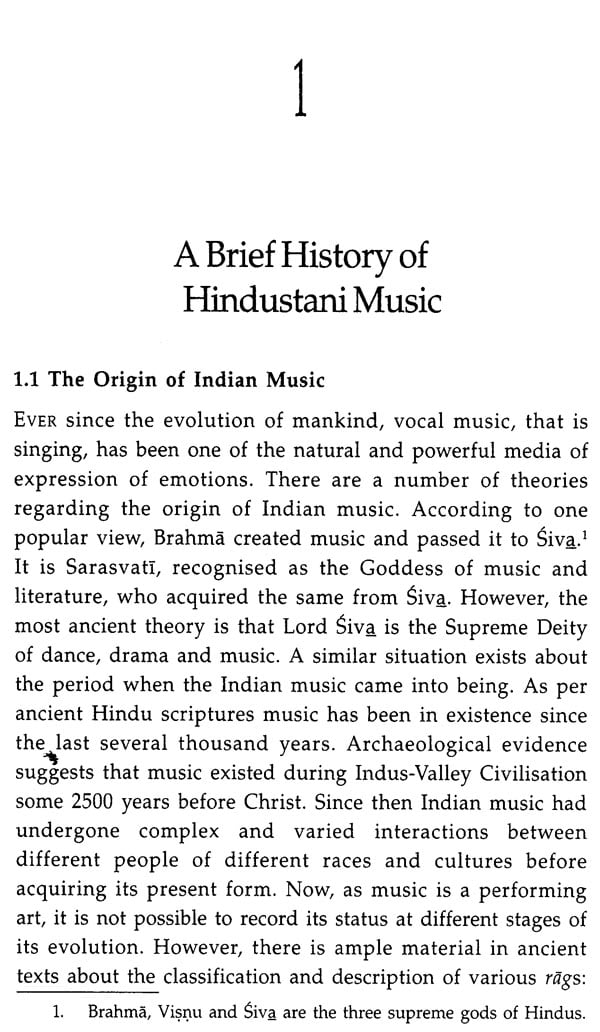

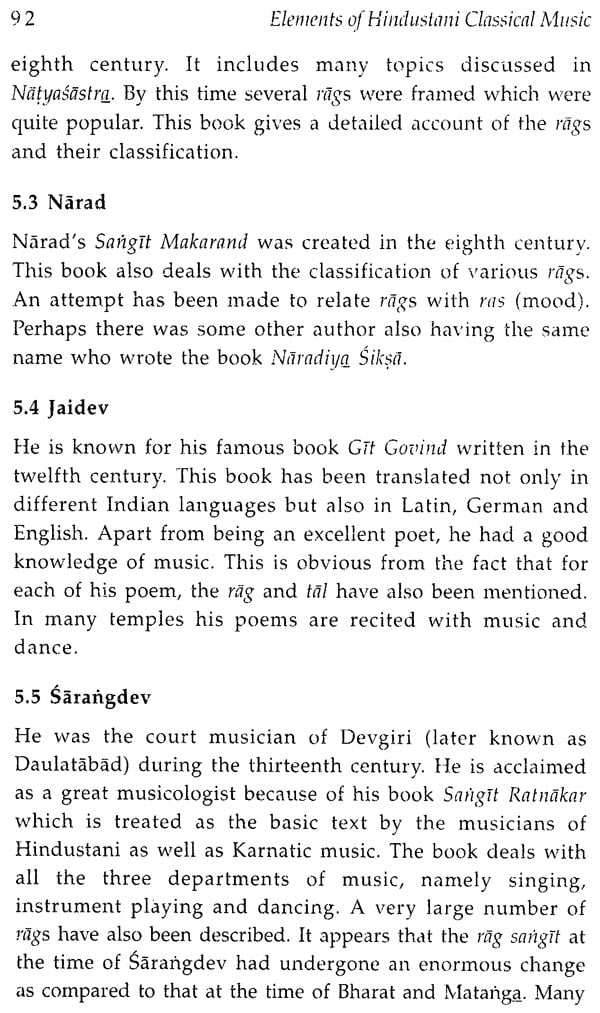
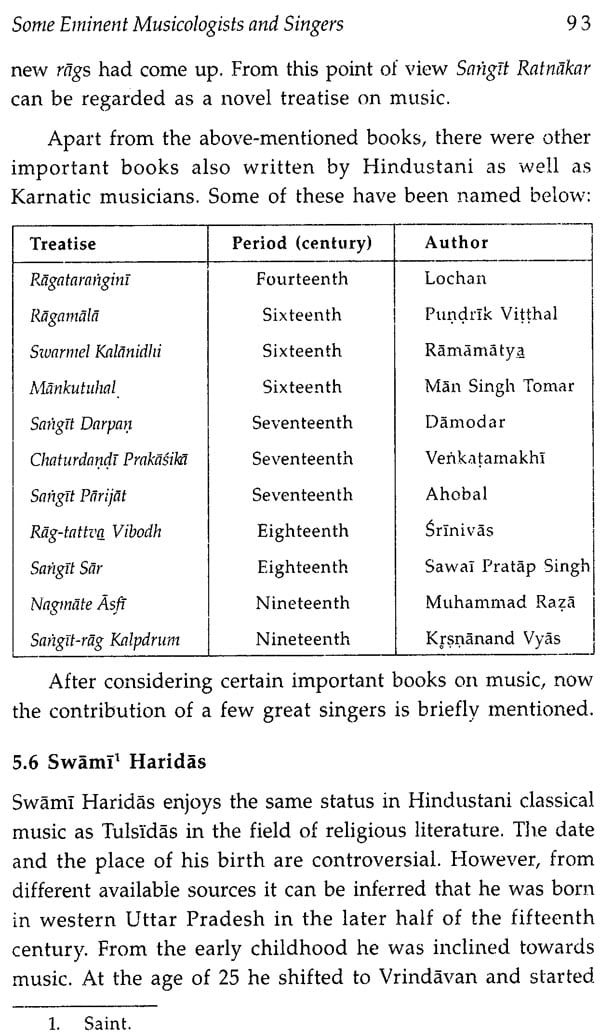

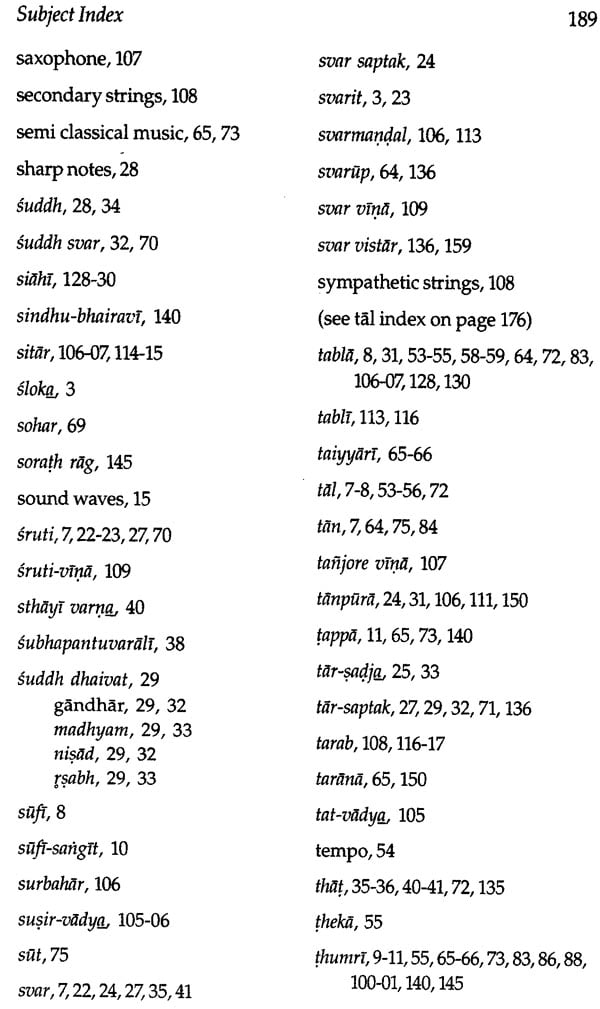
Delivery and Shipping Policy
- INTERNATIONAL SHIPPING
- Rs.1000-1100/kg
- ESTD. Delivery Time: 2-3 weeks (depending on location)
- Bubble Wrapped with Extra Padding
- NATIONAL SHIPPING
- NCR: Rs. 30/half kg
- Standard: Rs. 80/half kg
- Express shipments also available on Request
- ESTD. Delivery Time: Ranging from 1-4 days up to 7 business days (Depending on your choice of Delivery)
- TRACKING
- All orders; national or international, will be provided with a Tracking ID to check the status of their respective orders
- Depending on the Shipping Service, Tracking ID may be used on their respective tracking portals
Frequently Asked Questions (FAQs)
Domestic Shipping: 3-4 Days (after shipping)
International Shipping: 1-2 weeks (based on your location)
You will receive an email once your order has been shipped or you can email us if you didn't receive tracking details (info@mlbd.co.in)
Every book that we sell is the latest edition except all the rare books
Yes, we do provide free shipping, only on domestic orders (within India) above Rs.1500


